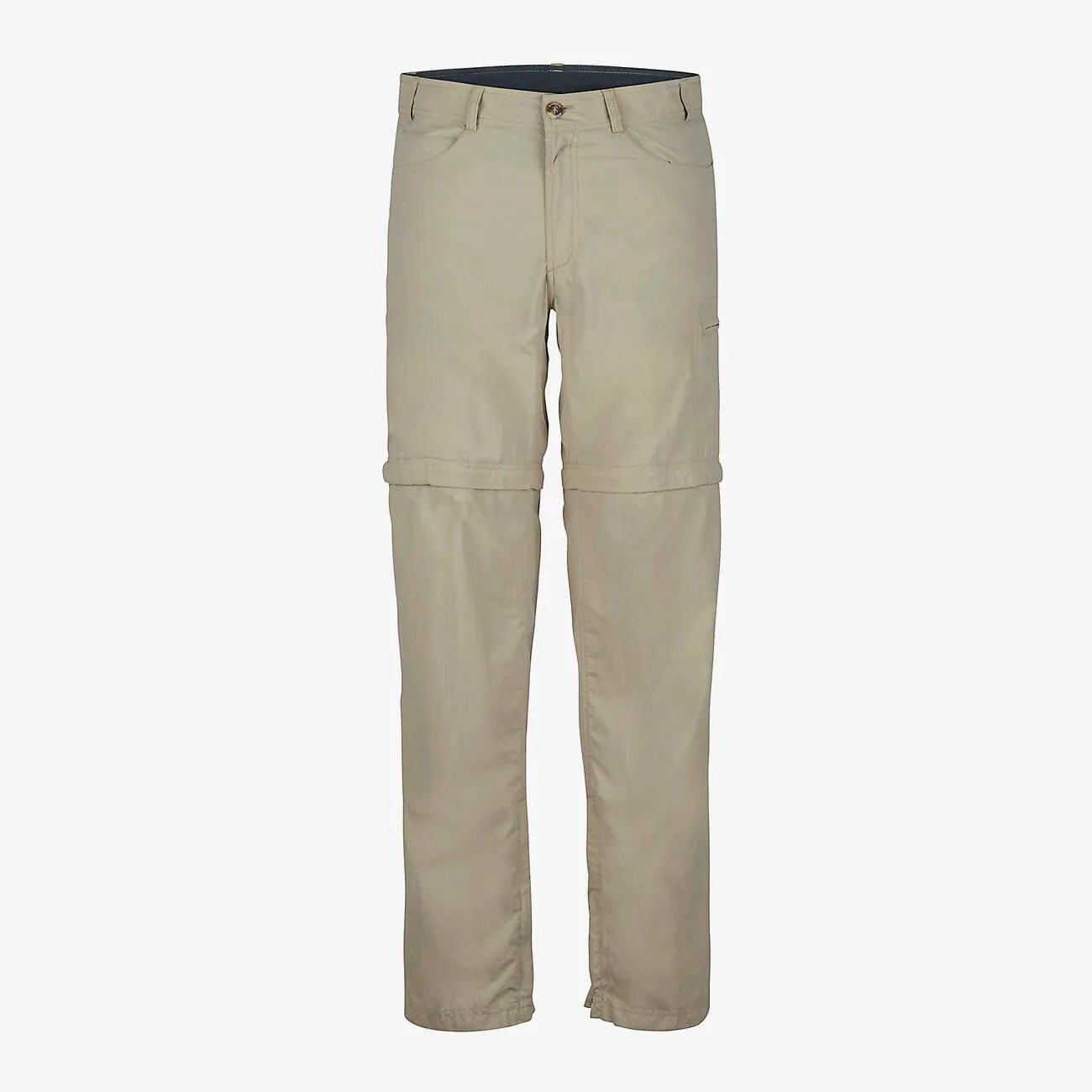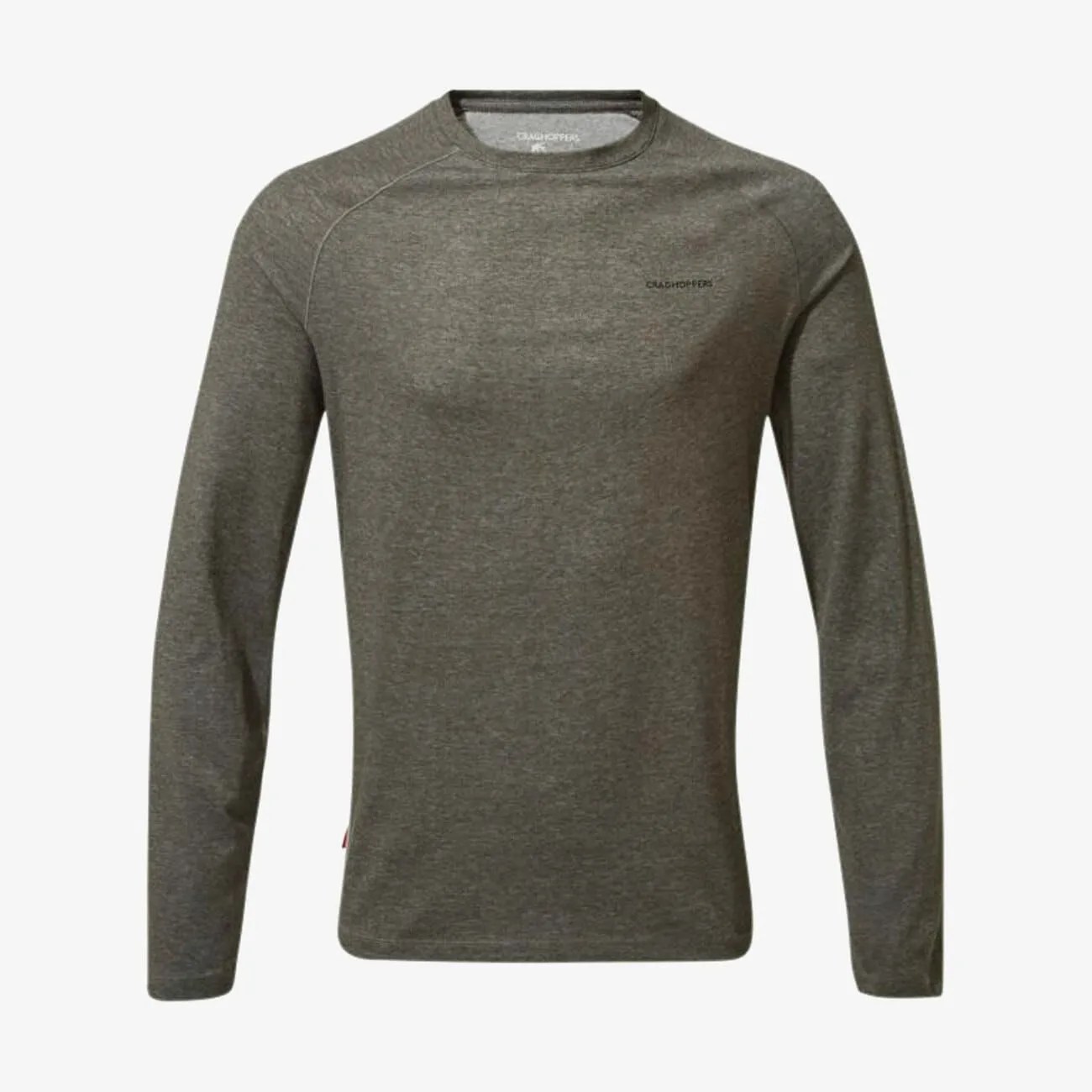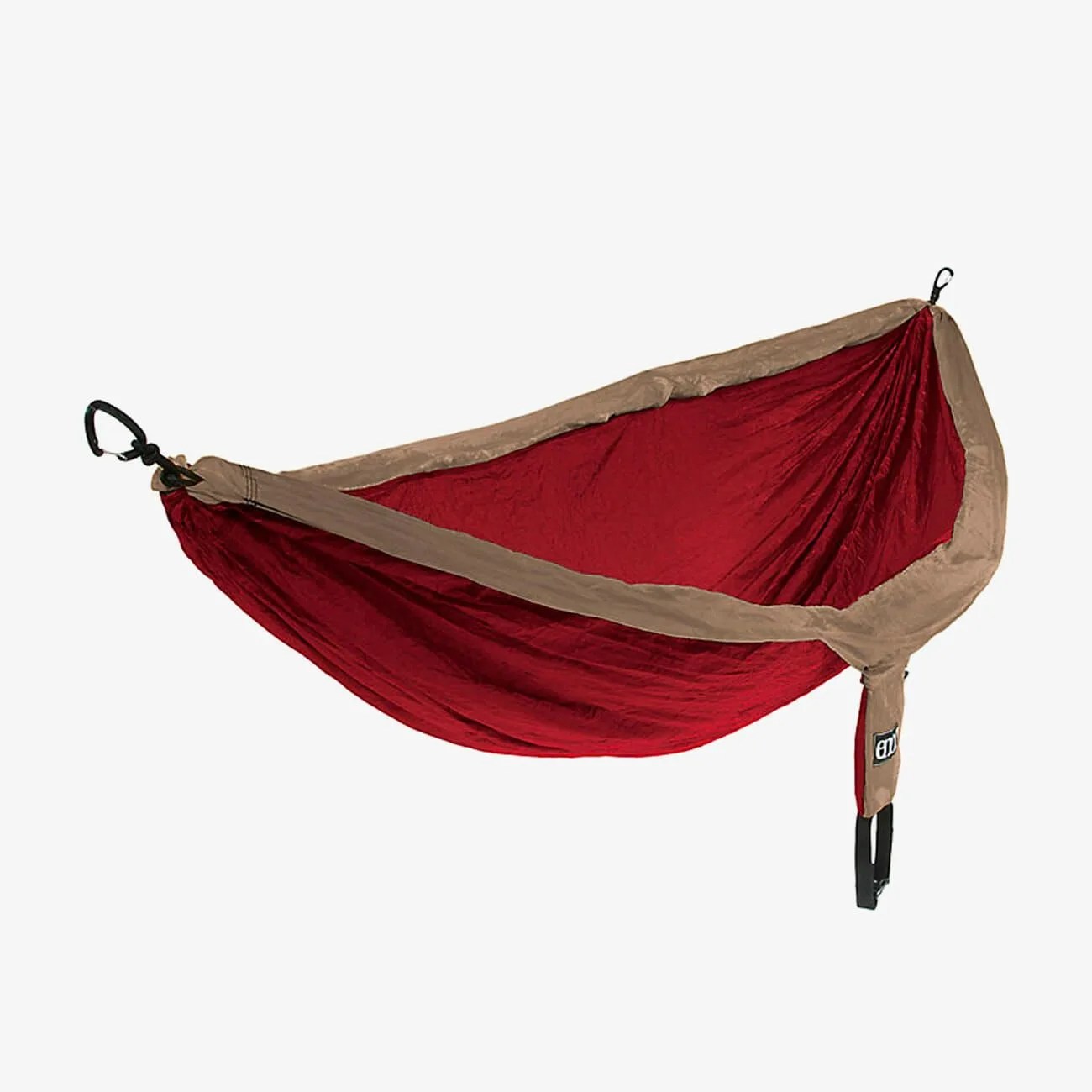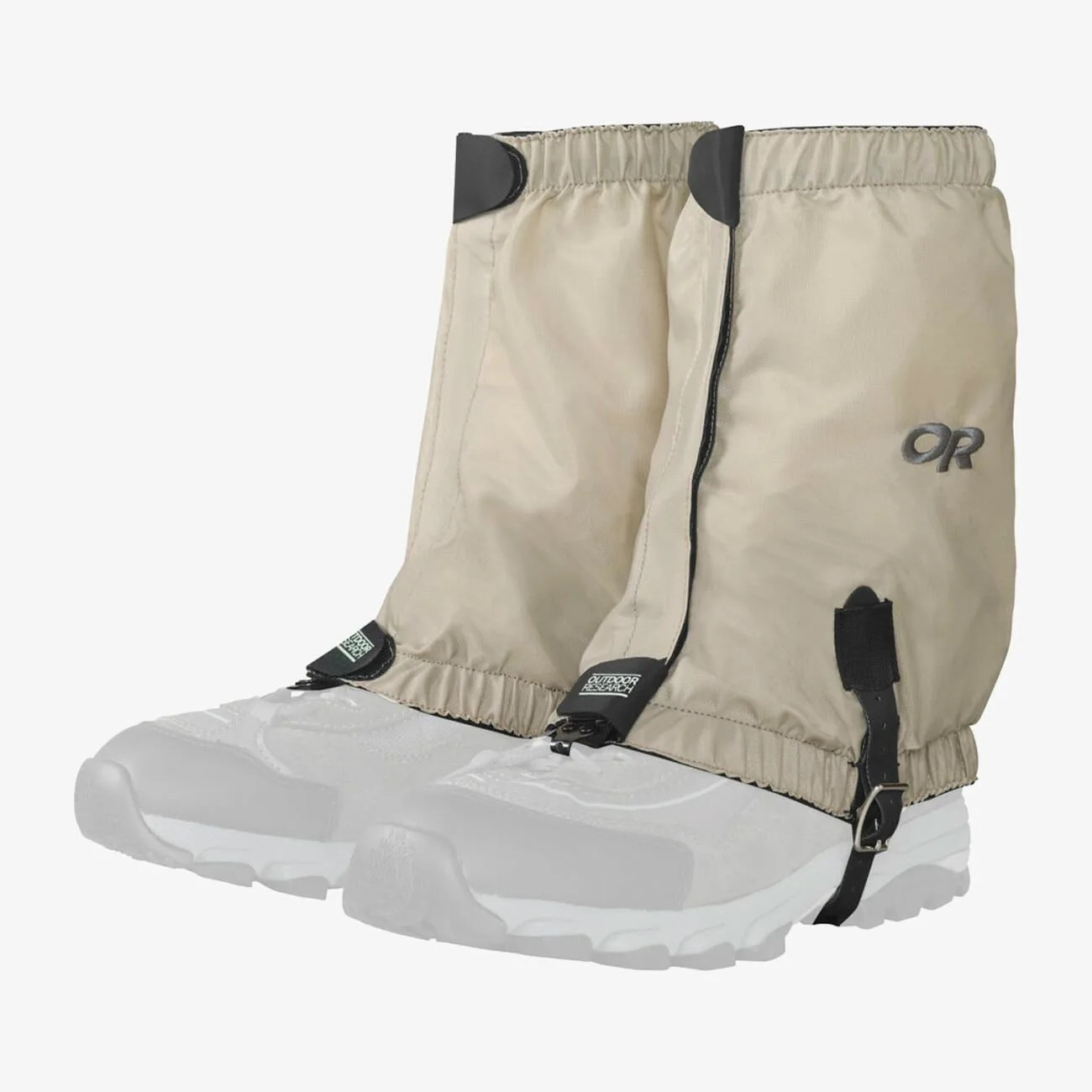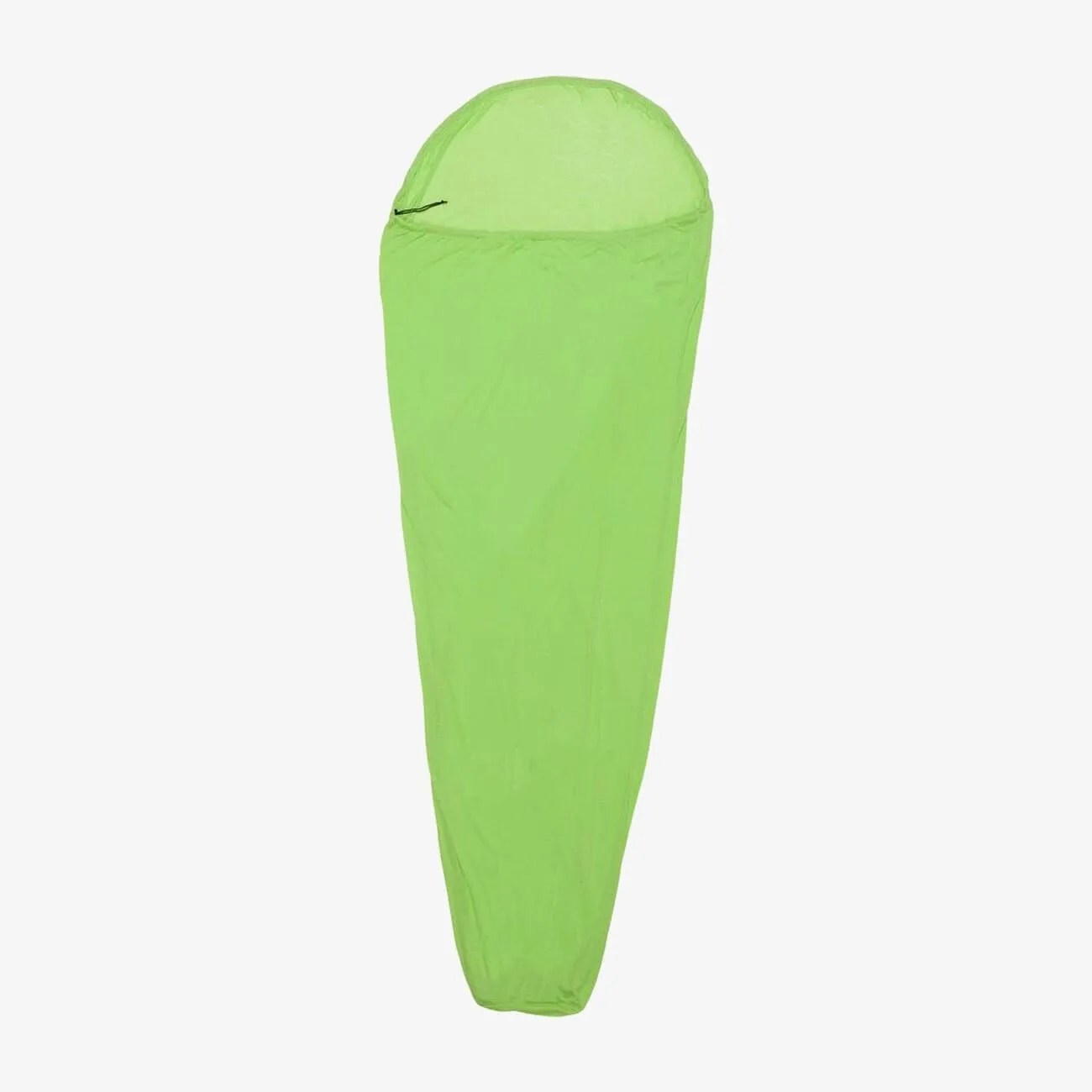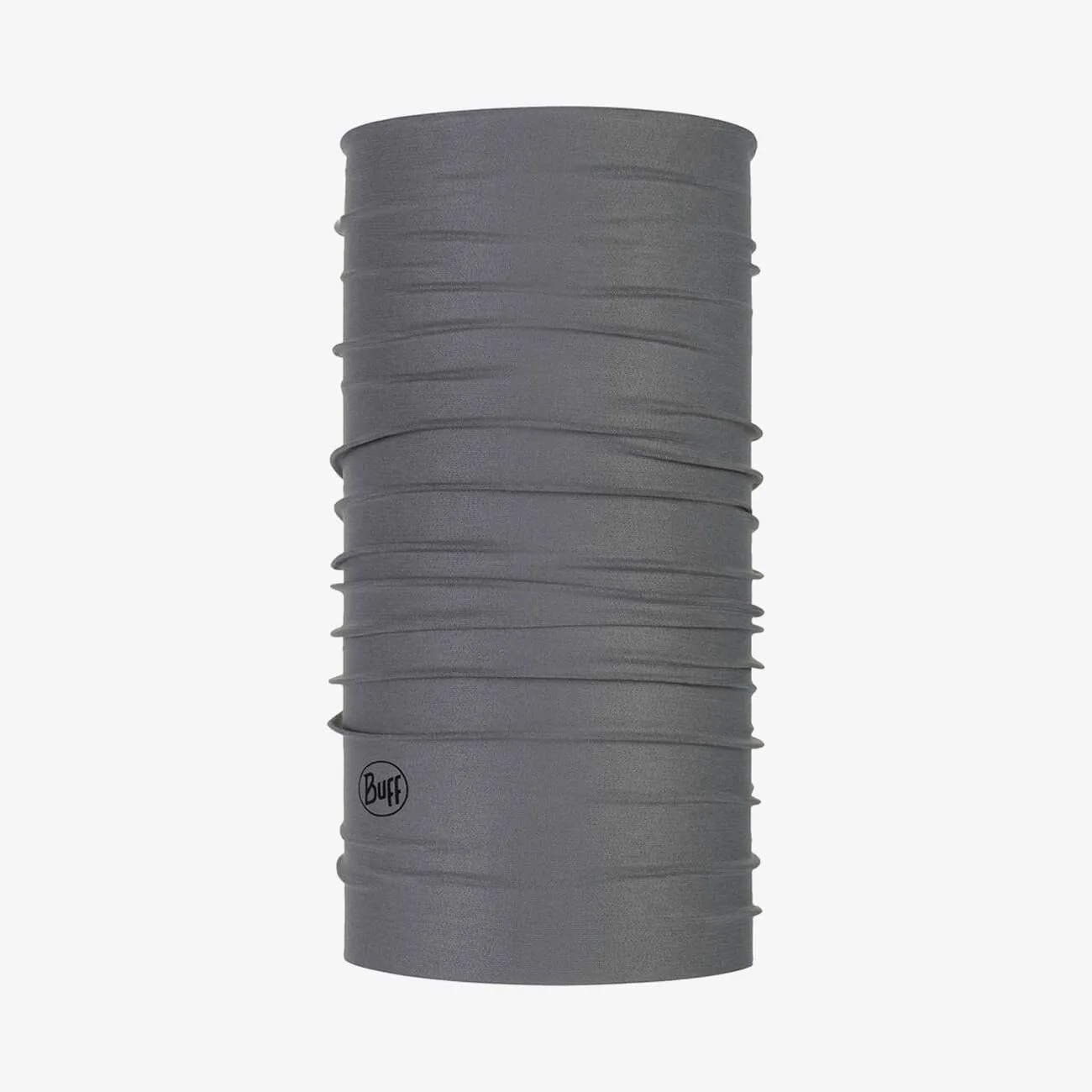Every year, around 30,000 cases of Lyme disease are reported to the Centers for Disease Control and Prevention (CDC), but the agency estimates actual cases are closer to 300,000, making the illness one the fastest growing infectious diseases in the United States. That doesn’t mean you should stay inside until winter though; armed with a little knowledge and the right gear, you can enjoy yourself in the woods this summer without fretting over ticks.
What Is Lyme Disease?
Lyme disease is caused by the bacterium Borrelia burgdorferi, which is carried by the blacklegged tick (commonly known as deer ticks) and transmitted to humans who are bitten. Areas where Lyme is endemic include the Northeast and Midwest, where 14 states account for 96 percent of cases reported to the CDC. But due to climate change and other factors that researchers are still trying to understand, blacklegged ticks are carrying Lyme disease farther than ever as they spread across the country.
In the early stages of infection, Lyme symptoms include headaches, joint pain and, in some cases, a bullseye rash. Typically, a round of antibiotics clears that up, but in some cases it can be challenging to treat and symptoms can persist, progressing to chronic fatigue and arthritic pain. It can disrupt cognitive functions too.
This year in the Northeast, Lyme disease risk may be less than average, says Rick Ostfeld, a senior scientist with a focus in disease ecology who studies ticks and Lyme at the Cary Institute of Ecosystem Studies. “Risk is defined by an abundance of infected ticks crawling around,” he says. “That is based on how many white-footed mice there were in those same woods last summer.” (White-footed mice are the main host of blacklegged ticks and a carrier of nasty diseases like Lyme, as well as Powassan and babesiosis.)
Ostfeld says his prediction doesn’t cover the Midwest, where Lyme cases have risen in recent years. “People should be aware that every year is risky and this expectation doesn’t mean they should stop protecting themselves by using tick checks and repellents,” he said.

